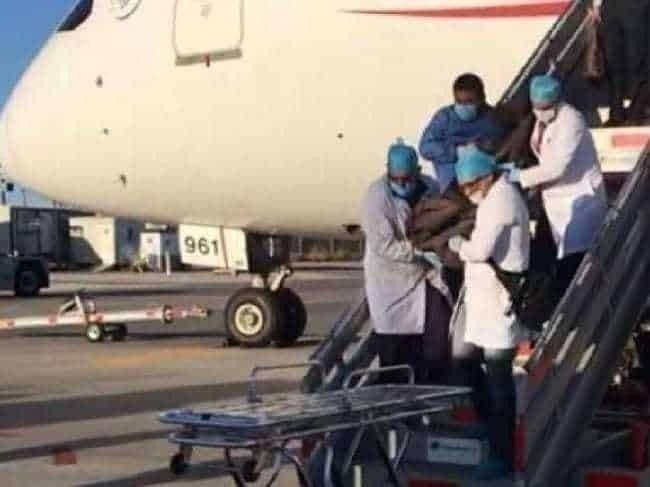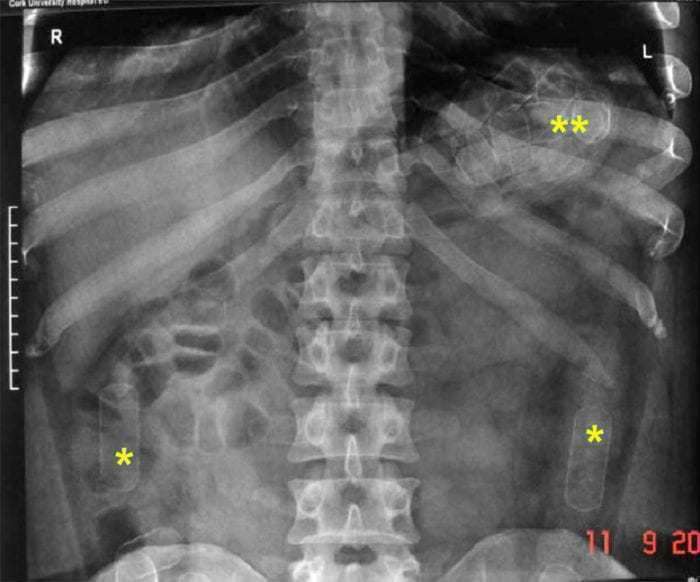A passenger aboard an Aeroméxico flight from Bogota, Colombia to Tokyo, Japan has died after ingesting 246 packets of cocaine.
Japanese man dies on flight from Bogota to Tokyo
After a scheduled stop in Mexico City, the Aeroméxico Boeing 787 Dreamliner had just taken off to continue on its journey to Tokyo’s Narita Airport. It was at this point that passengers noticed a man behaving strangely.
The cabin crew was alerted to the situation and the plane diverted, making an emergency landing in Hermosillo, northern Mexico. Emergency personnel boarded the aircraft just after 2:25am on Friday morning and pronounced the 42-year-old Japanese national, identified as Udo N, dead.
The Sonora State prosecutor’s office issued a statement about the incident picked up by CBS News that read: “
Flight attendants noticed a person suffering convulsions and requested permission to make an emergency landing in Hermosillo, Sonora. When the plane landed at 2:25am on Friday, paramedics boarded it and declared Udo N deceased.”
An autopsy of the deceased passenger revealed that he had swallowed 246 small bags of cocaine each measuring 1cm by 2.5cm and concluded that Udo N died from swelling to the brain after one of the bags he had ingested broke.
Following international protocols, the deceased man’s body was removed from the aircraft, allowing the Aeroméxico plane to resume its flight to Japan.
What happens when someone dies during a flight?
Deaths on flights are extremely rare, as passengers with serious illnesses are prevented from flying. Yet, as in the case of the Japanese man transporting drugs, deaths do happen every now and then.
As we mentioned earlier, international protocols were followed in the case of Udo N. However, when you look into what this actually means, it seems to be left up to each airline in the way they want to handle the situation.
Generally speaking, no one other than a qualified doctor can pronounce someone as deceased.
Airline cabin crew are trained to check a passenger for vital signs. If they believe the passenger to be dead, they will move the body to an empty row of seats, strap the body in and cover it with a blanket, leaving the face exposed.
In the case of a full flight, the body will be strapped into the passenger's seat and, like in the first instance, be covered with a blanket.
Is drug trafficking in this manner common?
It would seem that swallowing packets of drugs is a fairly common way smuggler’s try to move drugs from one country to another. In order for airport security staff to become suspicious of a passenger transporting drugs, they would have to display signs of distress or appear to be overly nervous.
The only way to tell if a passenger has ingested drugs is to subject them to a special x-ray scan.
The person being screened is asked to stand on a platform that moves through an archway providing the operator with a clear image of what’s inside the passenger’s body.
The special x-ray machines are expensive for airports to purchase and there are privacy issues to consider. This is probably why other than certain Latin American countries, these machines are not prevalent at airports.



